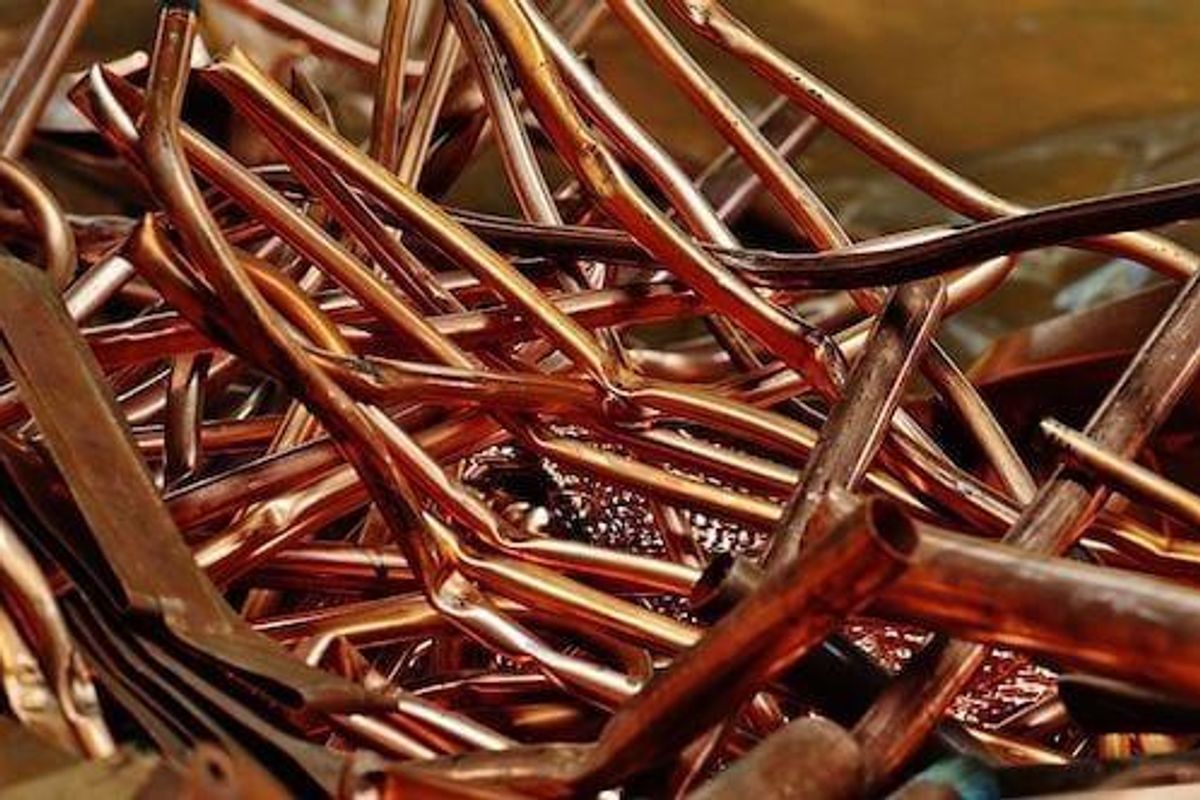
While some copper market watchers are worried about a coming deficit, Robert Edwards of CRU Group feels supply will be fine… for now.
While the copper space has recently seen its fair share of concerns regarding a potential supply shortage, some analysts feel the issue is further off than has been suggested.
In a conversation with the Investing News Network, CRU Group Principal Analyst Robert Edwards shared his thoughts on a potential deficit hitting the copper market, saying that the questions that remain are “when” and “to what extent.”
“That’s a medium-term story that’s obviously been around for a number of years now. And I think it’s certainly true that, if you’re looking … at least five years ahead, there is, as we stand today, a shortage of copper coming,” he said.
“Certainly by the mid-2020s, and even slightly before, you’re starting to see some sizeable deficits in the market. I think what I caution against is the fact that, if we go back a year or 18 months, we were forecasting much steeper deficits emerging sooner.”
Investors have been wary of a supply shortage in recent months for various reasons, such as disadvantageous weather conditions in major copper-producing countries and production disruptions at major mines. One of these disruptions came in the form of blockades set up by protestors near MMG’s (ASX:MMG,HKEX:1208) Las Bambas mine in Peru, which went on for over a month and impacted shipments of the commodity to major markets like China.
However, Edwards elaborated in an optimistic tone that recent copper project financing and approvals have helped delay a possible shortage, highlighting examples such as Anglo American’s (LSE:AAL,OTCQX:AAUKF) Quellaveco copper project in Peru.
“There are lots of other, smaller projects that have got the go ahead, and so that’s closed the gap in supply that might have otherwise emerged in, say 2020 to 2021. So I think … there is an emerging deficit coming in the market, but it’s whether we ever really get to that stage, because obviously potentially more projects could get approved and that would then move that deficit further out.”
As a key component in electric vehicles (EVs), copper has been marked to see its demand grow as the EV movement continues to take shape. Despite the car market revolution being a hot topic across base and battery metals sectors right now, Edwards feels copper’s role in the mix is another long-term story.
“I think probably, this time last year, there was a lot of almost euphoria around those. I think that the market has come to accept the view that that’s the growing … demand story, but in terms of meaningful volumes, you’re not going to see anything in place until the middle of the next decade.”
While battery metals such as lithium and cobalt have seen their popularity jump off the charts in recent years due to their roles in lithium-ion batteries, copper’s place in the EV revolution is a bit more subdued. It is still a key component, but copper’s presence is more connected to the vehicles themselves and the related infrastructure, such as charging stations.
According to the Copper Development Association, copper demand driven by EVs is expected to grow by 1,700 kilotonnes by 2027. Edwards echoed a similar sentiment, noting that the EV movement will push demand for copper and its affiliated metals, but noted that the connecting numbers may not be significant for some time.
“It’s being driven by the same factors. In terms of the market size for that, we don’t expect it to get to a million tonnes until 2025. And even then, that’s going to be less than 5 percent of the total market. So, it’s sort of the decade afterwards, when you start to see a real increase, that the volume becomes more significant. But obviously, that’s 10 to 15 years away at this point.”
As of Monday (April 15), copper was trading at US$6,455 per tonne on the London Metal Exchange.
Don’t forget to follow us @INN_Resource for real-time news updates.
Securities Disclosure: I, Olivia Da Silva, hold no direct investment interest in any company mentioned in this article.
Editorial Disclosure: The Investing News Network does not guarantee the accuracy or thoroughness of the information reported in the interviews it conducts. The opinions expressed in these interviews do not reflect the opinions of the Investing News Network and do not constitute investment advice. All readers are encouraged to perform their own due diligence.




